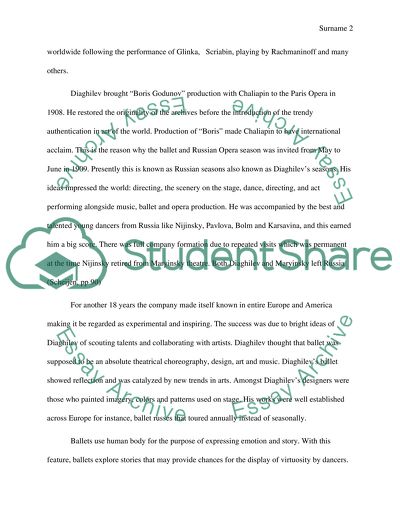Cite this document
(“Sergei Diaghilev and his impact on the arts Essay”, n.d.)
Sergei Diaghilev and his impact on the arts Essay. Retrieved from https://studentshare.org/english/1462129-18th-and-19th-century-art-modernism
Sergei Diaghilev and his impact on the arts Essay. Retrieved from https://studentshare.org/english/1462129-18th-and-19th-century-art-modernism
(Sergei Diaghilev and His Impact on the Arts Essay)
Sergei Diaghilev and His Impact on the Arts Essay. https://studentshare.org/english/1462129-18th-and-19th-century-art-modernism.
Sergei Diaghilev and His Impact on the Arts Essay. https://studentshare.org/english/1462129-18th-and-19th-century-art-modernism.
“Sergei Diaghilev and His Impact on the Arts Essay”, n.d. https://studentshare.org/english/1462129-18th-and-19th-century-art-modernism.


